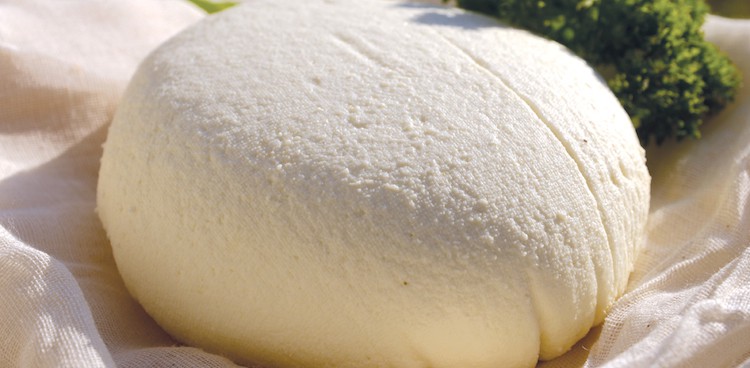
When the Spanish arrived in the Incan Empire in 1528, they encountered a culture with highly sophisticated trade and agrarian systems. Roads and runners so effectively connected the 300,000 square mile kingdom that it was possible to deliver fresh seafood from the Pacific Coast to Cusco, more than 200 miles away and 11,000 feet above sea level, in less than two days. This network spanned a varied landscape, from the arid Pacific Coast to the Amazon River Basin, laying the foundation for a diverse culinary tradition that is now one of the hottest trends in international cuisine.
Spanish conquerors introduced important European ingredients such as onions, cilantro, and dairy products, to their Peruvian colony. The Pre-Columbian Peruvian diet included meat from llamas, alpacas, and cuyes (guinea pigs), but dairy consumption was unknown until cattle were introduced. Dairy cows remain very popular for farmers and ranchers in the high Andes where they graze in mountain valleys and produce high quality milk that can be converted to staple products like butter, manjar blanco (milk-based dishes), and cheese.
Most Peruvian cheese production takes place on a small-scale in home-based dairies where artisans convert fresh milk into a product with a longer shelf life. Cheeses vary from home to home and village to village but one common type of cheese in the Peruvian Andes is quesillo. A fresh-style cheese, quesillo, which means “small cheese” in Spanish, is made by acidifying milk with lime juice and vinegar, then separating the whey and pressing the curd into small hand-formed disks or balls. In the high altitudes of the Andes the boiling point for milk is significantly lower than at sea level which results in a small curd cheese that is soft, mild, and milky with a clean finish. The cheese is rarely eaten on its own; Andean home cooks use quesillo to add flavor and texture to many popular sauces, soups, and entrees including Papa Cashqui and Aji de Quinoa.
Makes 12 ounces
SUPPLIES
- Medium saucepan
- Food thermometer
- Large colander
- Cheesecloth
INGREDIENTS
- 2 quarts whole milk
- 1 teaspoon salt
- 2 teaspoons fresh lime juice
- 3 tablespoons 5% -acidity distilled white vinegar
- Heat milk and salt in a saucepan over medium-high heat to 190° Stir frequently, scraping the bottom and sides of the pan to prevent the milk from scalding. Remove from the heat and add lime juice and white vinegar. Stir gently while the curds form for 3 to 5 minutes.
- Pour the curdled milk into a cheesecloth-lined colander and allow to cool and to drain for about 15 minutes.
- Gently squeeze the cheese into a ball in the cheesecloth to extract excess liquid.
- Allow the quesillo to rest on a plate refrigerated or at room temperature for at least 30 minutes before using. That’s it!



